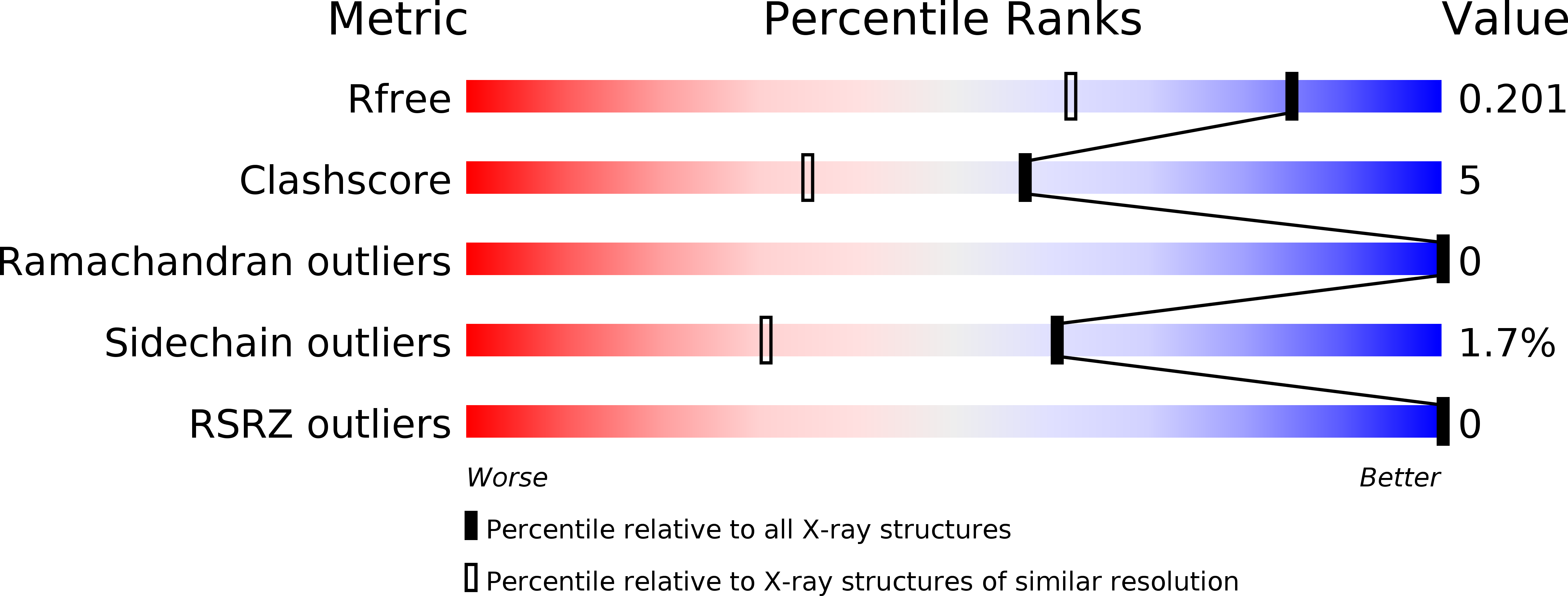
Deposition Date
2010-12-23
Release Date
2011-03-16
Last Version Date
2023-11-01
Entry Detail
PDB ID:
3Q49
Keywords:
Title:
Crystal structure of the TPR domain of CHIP complexed with Hsp70-C peptide
Biological Source:
Source Organism:
Mus musculus (Taxon ID: 10090)
Homo sapiens (Taxon ID: 9606)
Homo sapiens (Taxon ID: 9606)
Host Organism:
Method Details:
Experimental Method:
Resolution:
1.54 Å
R-Value Free:
0.20
R-Value Work:
0.16
R-Value Observed:
0.16
Space Group:
P 21 21 2


